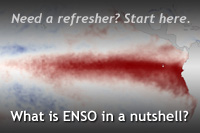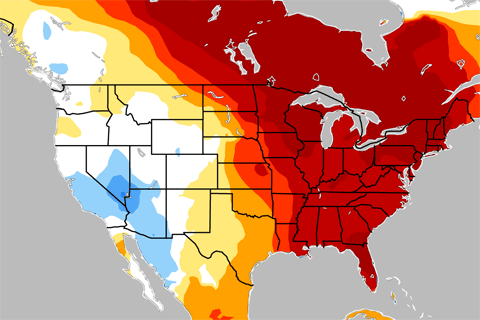
Was El Niño to blame for the above-average temperatures during November and December 2015? As always, the answer is not that simple.
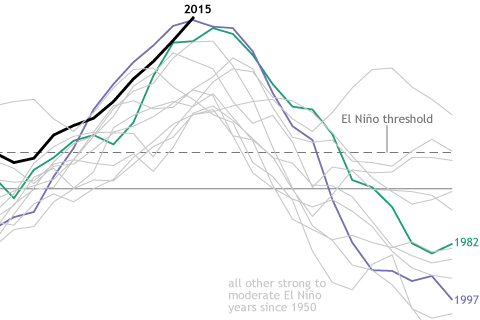
Just how powerful is the current El Niño? There’s more to the story than the very warm equatorial Pacific.
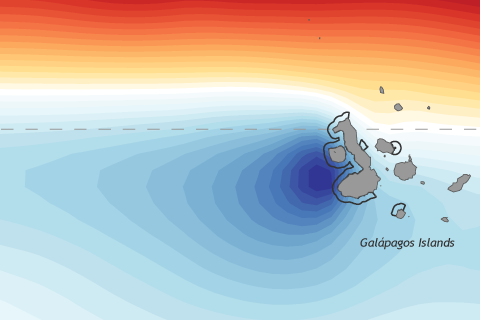
Few places on Earth are more strongly affected by El Niño than the Galápagos Islands, which straddle the equator in the eastern tropical Pacific. Guest blogger Kris Karnauskas explains why these unique islands are so biologically productive—and what happens to that productivity during El Niño.
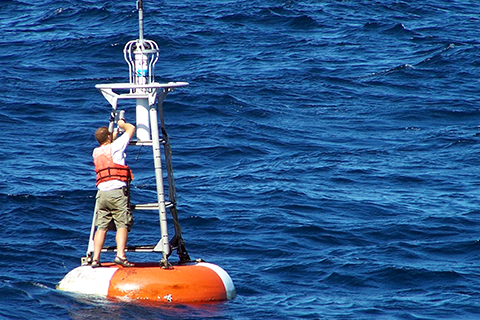
With multiple sea surface temperature datasets come questions. What are they all for?

Warmer-than-average waters in the tropical Pacific are expected to reach their peak soon. How has El Niño affected global weather so far this year?

What to expect this winter: NOAA’s 2015-16 outlook reveals what conditions are favored across the US
How have past El Niños affected U.S. winter temperature and precipitation, and what are NOAA's predictions for this strong El Niño winter of 2015-16? Guest blogger Mike Halpert gives us the scoop.
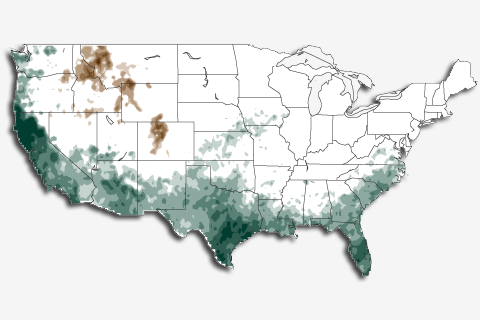
The peak of El Niño is expected to arrive soon after peak pumpkin spice latte season. What are some of the winter weather effects seen during past El Niños?
El Niño is a global phenomenon. Guest blogger Dr. Andrew Watkins shines some light on El Niño's impact across the world in Australia.
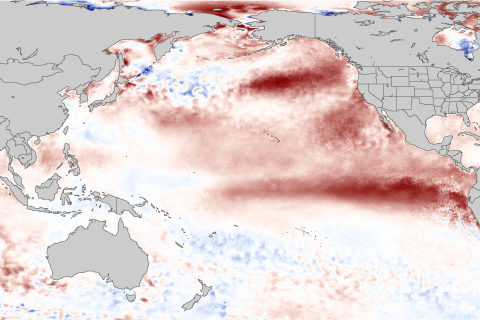
The chance that El Niño will continue through Northern Hemisphere winter is currently about 95%. Blogger Emily Becker answers questions about what it all means.
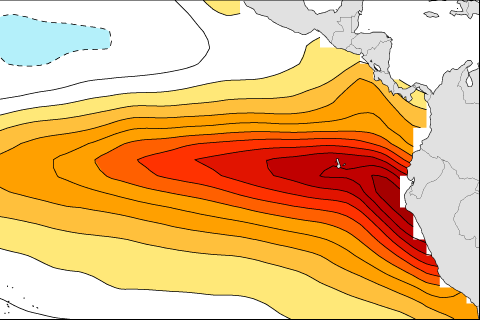
Guest blogger Ken Takahashi assesses the prospects for this El Niño to be an extreme one in the eastern tropical Pacific, like the 1982 and 1997 events were.
